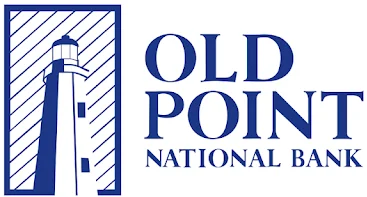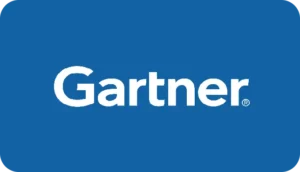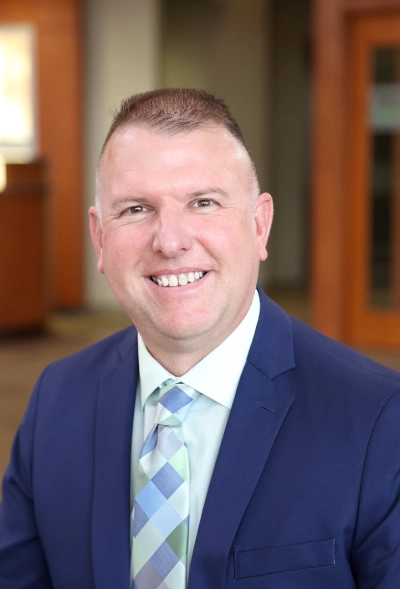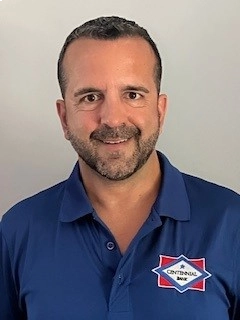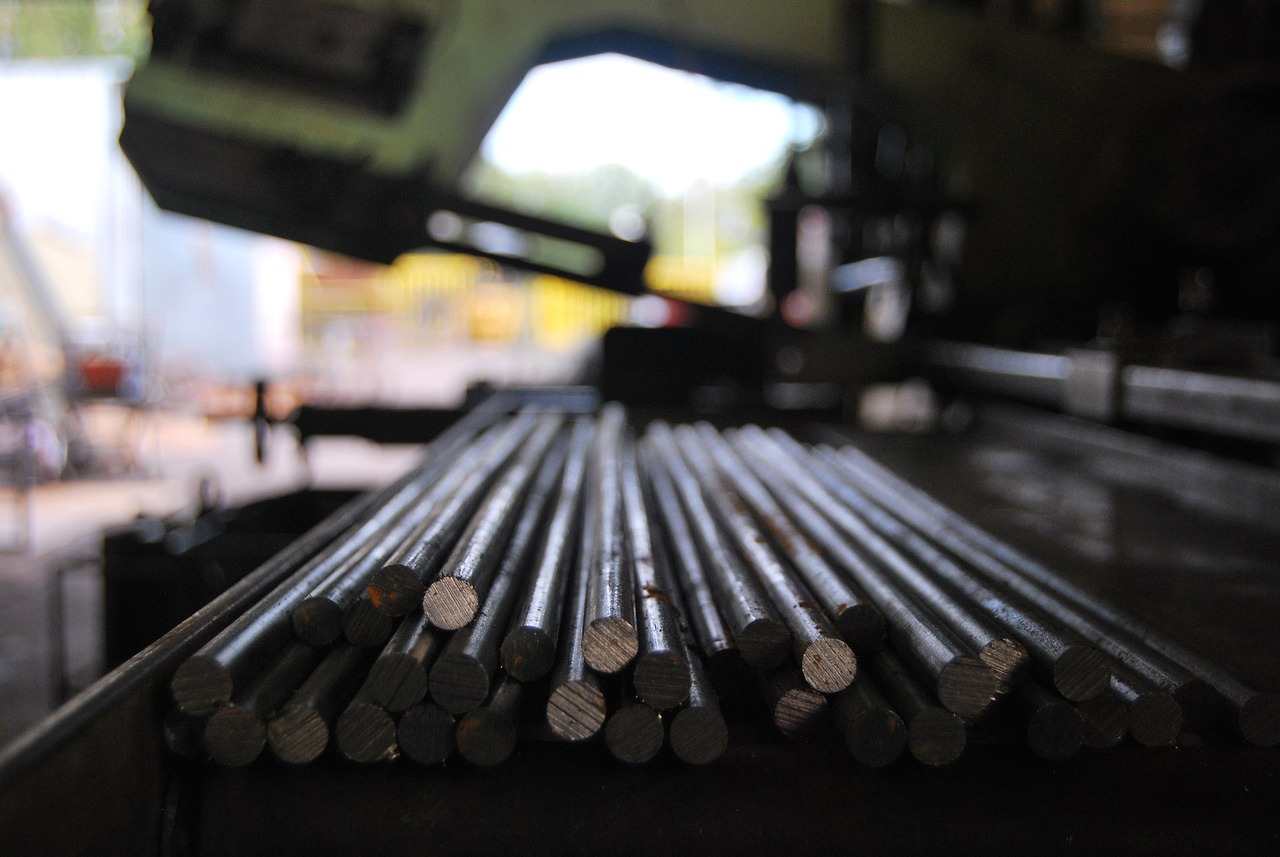NewgenONE Enterprise Content Management Solution is a market leading platform that drives enterprise-wide digital transformation through end-to-end management of enterprise content. The platform connects content and processes with context and enables organizations to go digital.
NewgenONE Enterprise Content Management Solution offers smart tools to capture content from multiple sources, manage it in a secure centralized repository and make information accessible across content-centric processes. It offers flexibility to access or deliver content over mobile and cloud, creating a highly connected and digital workplace. Further, it helps enterprises mitigate business risks by ensuring compliance with various regulatory requirements and securing business critical information.
Features of Newgen Enterprise Content Management Software
Content Lifecycle Management
Simplify different types of content creation, management, sharing and archival with AI-driven automation. Leverage GenAI for Intelligent classification, auto tagging and metadata enrichment, ensuring faster retrieval and compliance. Enable contextual search, automate content recommendations, and ensure seamless omnichannel access—anytime, anywhere.
Business Process Digitization
Digitize front-and back-end processes while intelligently capturing and extracting critical information from paper and digital documents. Leverage low-code content workflow capabilities to ensure rapid design and development of content-centric applications.
Employee Productivity
AI-driven automation enables anytime-anywhere access, intelligent content management, and real-time collaboration. Leverage GenAI for intelligent search, contextual insights, and automated recommendations, ensuring easy knowledge discovery. Foster a hybrid work culture with robust integrations and personalized content suggestions, empowering employees with the correct information at the right time.
Content Intelligence
Go beyond traditional ECM and unlock the full potential of AI-powered content management. Use NewgenONE Marvin’s GenAI for accurate content extraction, automated document classification, and intelligent metadata tagging. Enhance decision-making with machine learning-based sentiment analysis and predictive insights. With a Model Training Studio, continuously train AI models to recognize new content types, improving classification and metadata extraction for smarter, more adaptive content management.
Information Governance and Compliance
Ensure safe access to content while maintaining security against unauthorized access to information. Enable long-term retention and disposition of enterprise records. Mitigate risk and meet regulatory compliances with records management certifications.
How is Newgen’s ECM Software different?
Traditional Enterprise Content Management
Focus on managing content
Human interventions
Mostly paper-based documents
Simple linear internal workflows
Single cohesive repository
Monolithic architecture, self-contained system

Modern Content Services
Focus on pervasive utilization of content
Al-ML powered cognitive services
Electronic, paper-based, email, social, and audio-video Content
Collaboration and extended enterprise
Large-scale federated repositories
Modular, services-based architecture
Cloud and hybrid deployments
Compare Newgen Enterprise Content Management with your legacy platforms
Lead with an Industry-recognized Platform
Organizations looking for an advanced content platform capable of scaling for heavy workloads and that need deployment flexibility and advanced automation and AI capabilities should consider Newgen.
The Forrester Wave™: Content Platforms, Q1 2025

Customers
